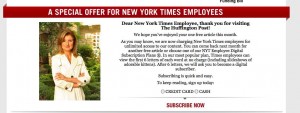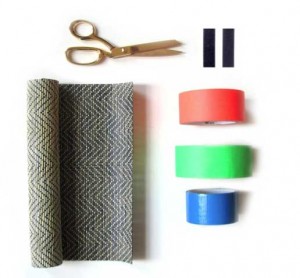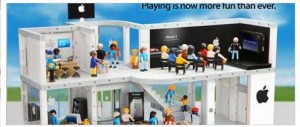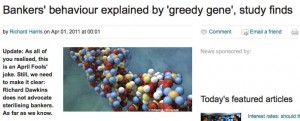Now that the US has woken up and we’ve seen a few more April Fools’ pranks from both sides of the Atlantic, here’s a second round-up to round off the day. See the first at this link.
First in this list is news that the Huffington Post has put up a paywall – to New York Times journalists.

Fancy a homemade ‘iPad clutch’? No need for sticky back plastic but it does involve common household items. Mashable has written this ‘how to’ guide.
With DIY infused in my DNA, I am programmed to create things that make my life more beautiful and fun. Inspired by all of the bold striped patterns and color blocking styles seen on the runway this season, I thought it fitting to make my own iPad clutch out of common materials.

And staying with the Apple theme there’s a PlayMobil Apple Store, according to this article on I4U News

Closer to home, organisers of the Bath Comedy Festival placed a mock Russian submarine in a river, This is Bath reported.

And the Metro had a second April Fool in addition to the edible newspapers reported earlier, a report of smelly tickets to be issued for the 2012 Olypmics.

Fast Car magazine has invented a pheromone car paint which attracts members of the opposite sex.
Real Business launched a new political party. The E party was inspired by the success of the Tea Party in the US, according to this article.

Worcester News warned of a swarm bees descending on its library in this article.
Security measures are being taken at Worcester’s new library and history centre to protect it from the swarms of bees attracted to the building during the recent warm spring sunshine.
Appropriately called the Hive, the complex off the Butts is proving irresistible to the furry flyers because of its gold roof tiles laid in a honeycomb pattern.
And City Wire Money has this report than bankers have a ‘greedy gene’.

Thanks to everyone who sent their April Fools’ hoaxes to @journalismnews. A special thanks to @hugh_d @AlyMaynard @CongnitianAgency @caroldtravels @Natasha1985 @Real_Business @Sherb13






